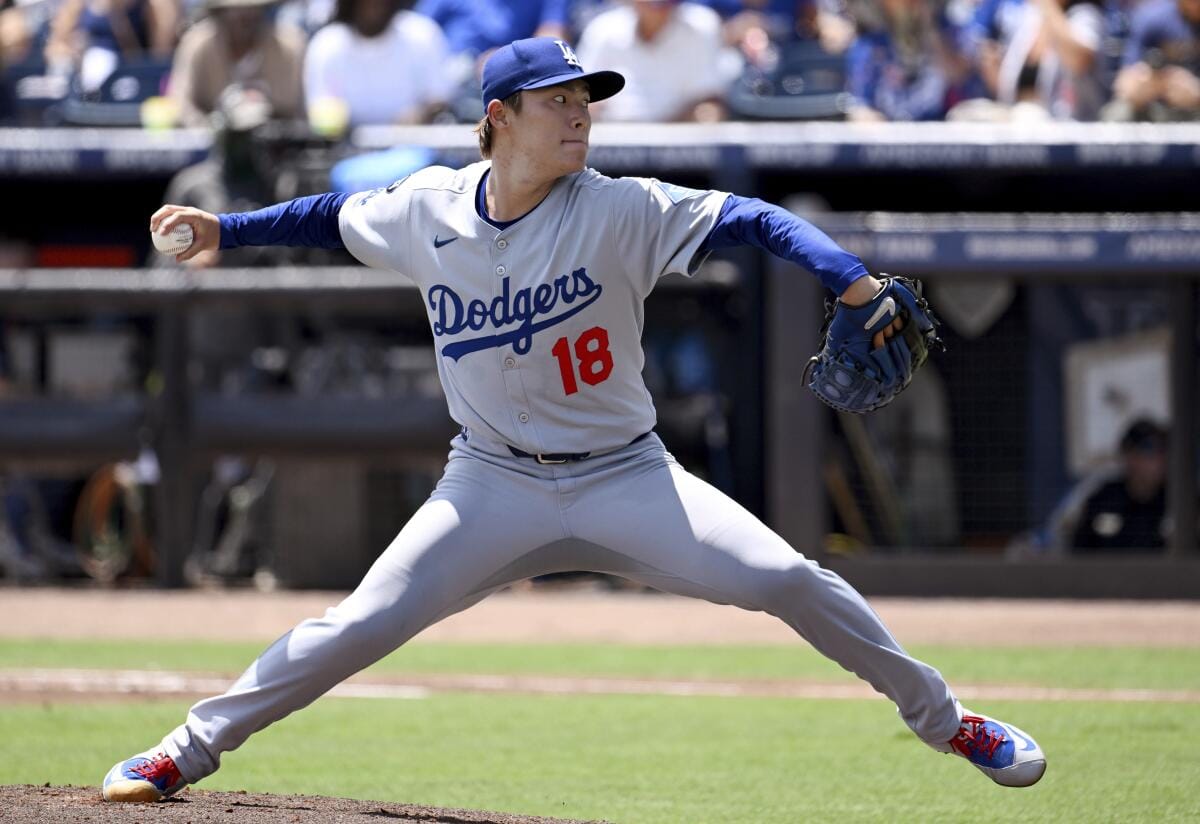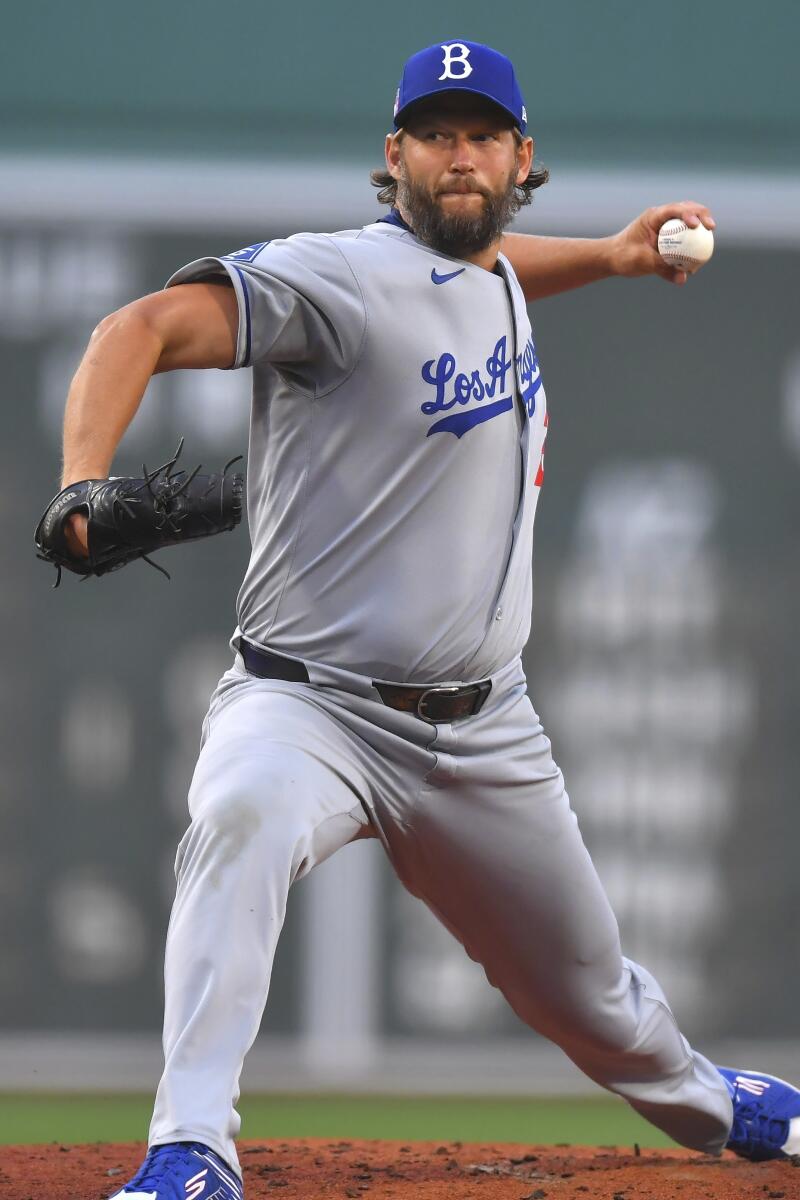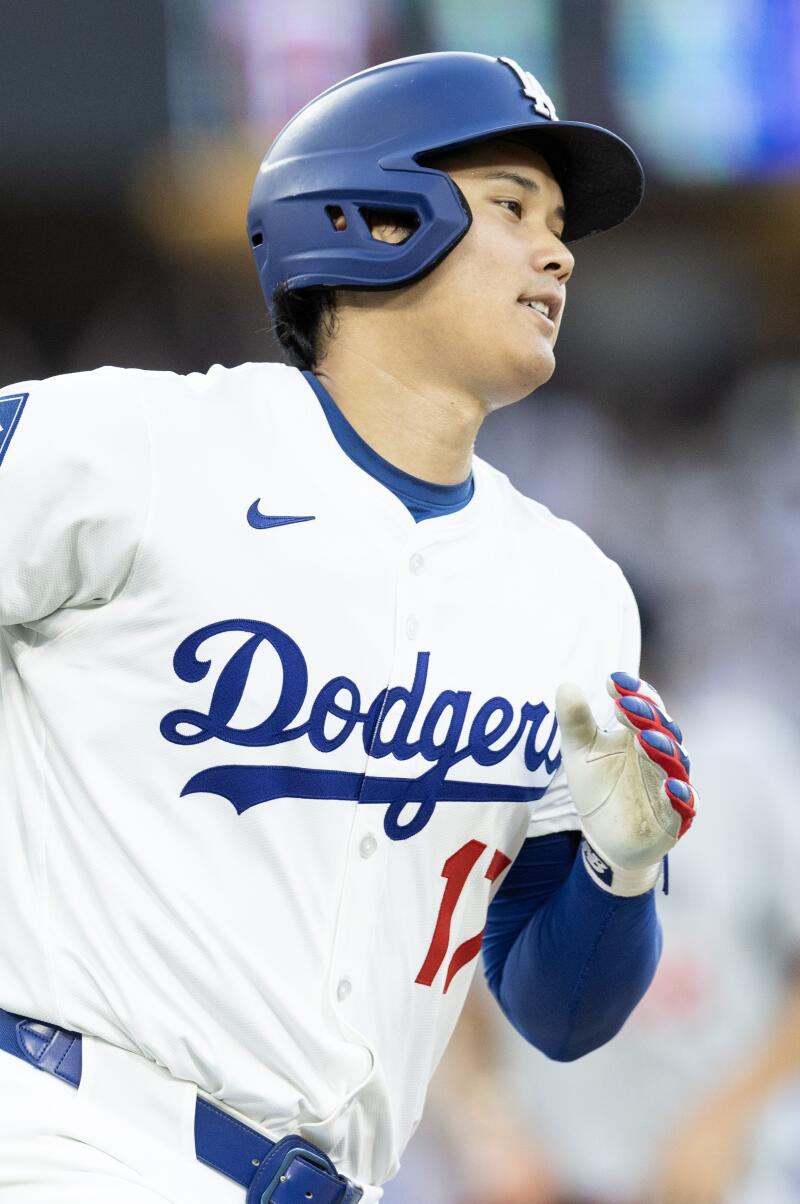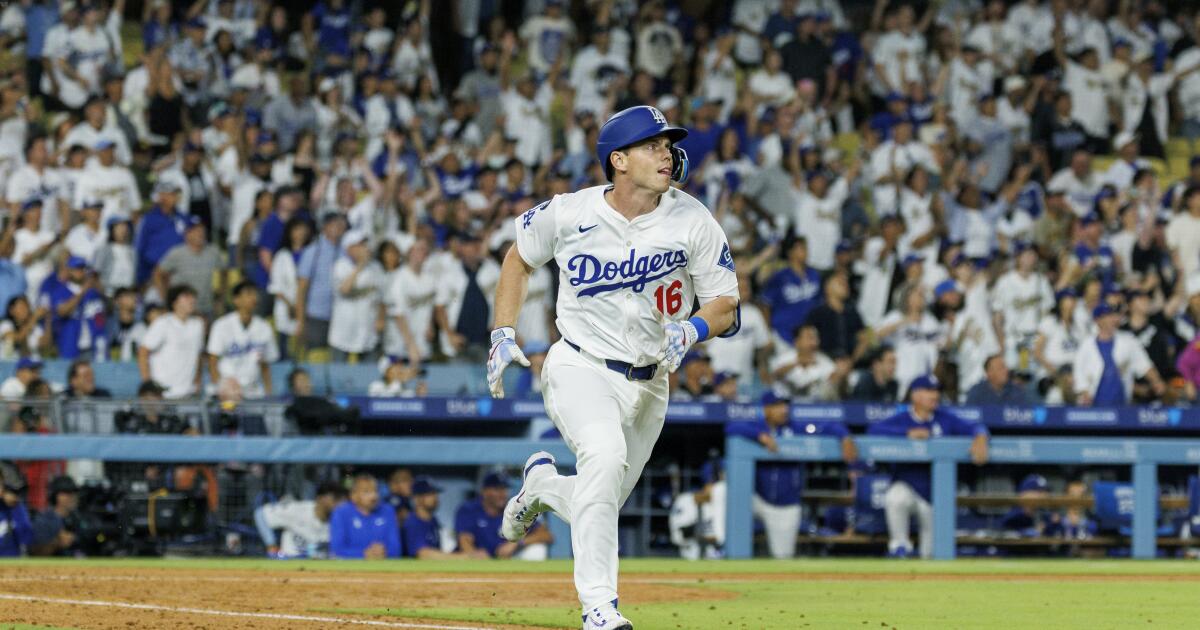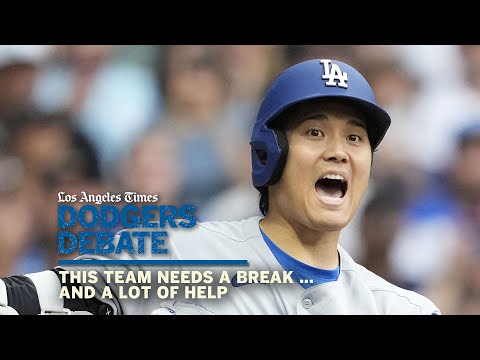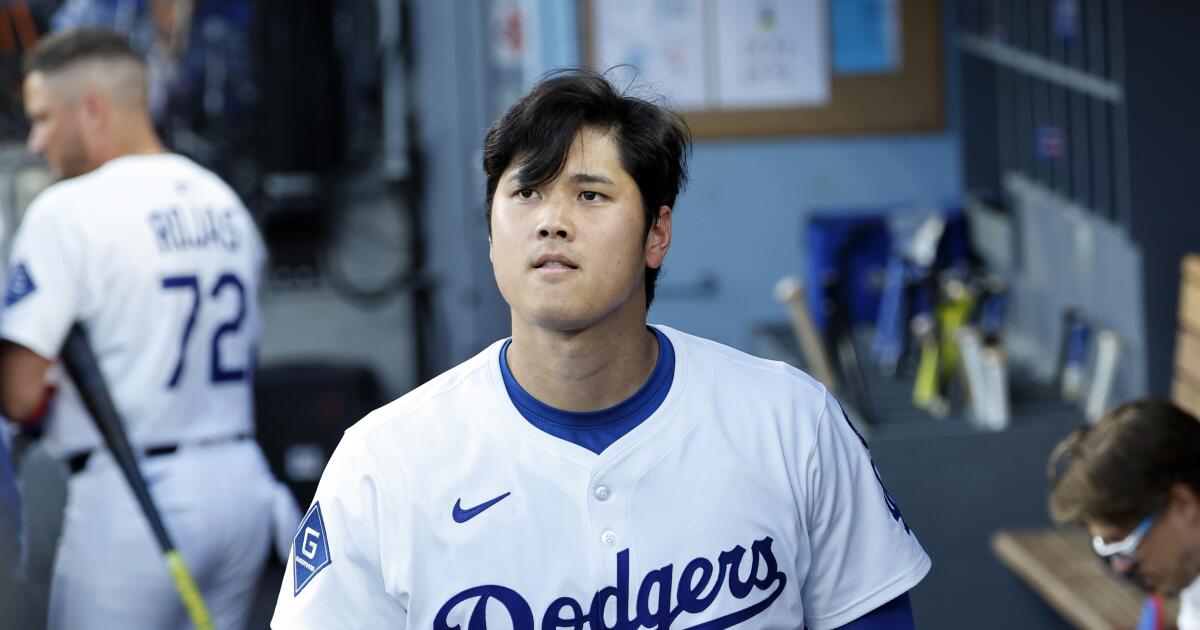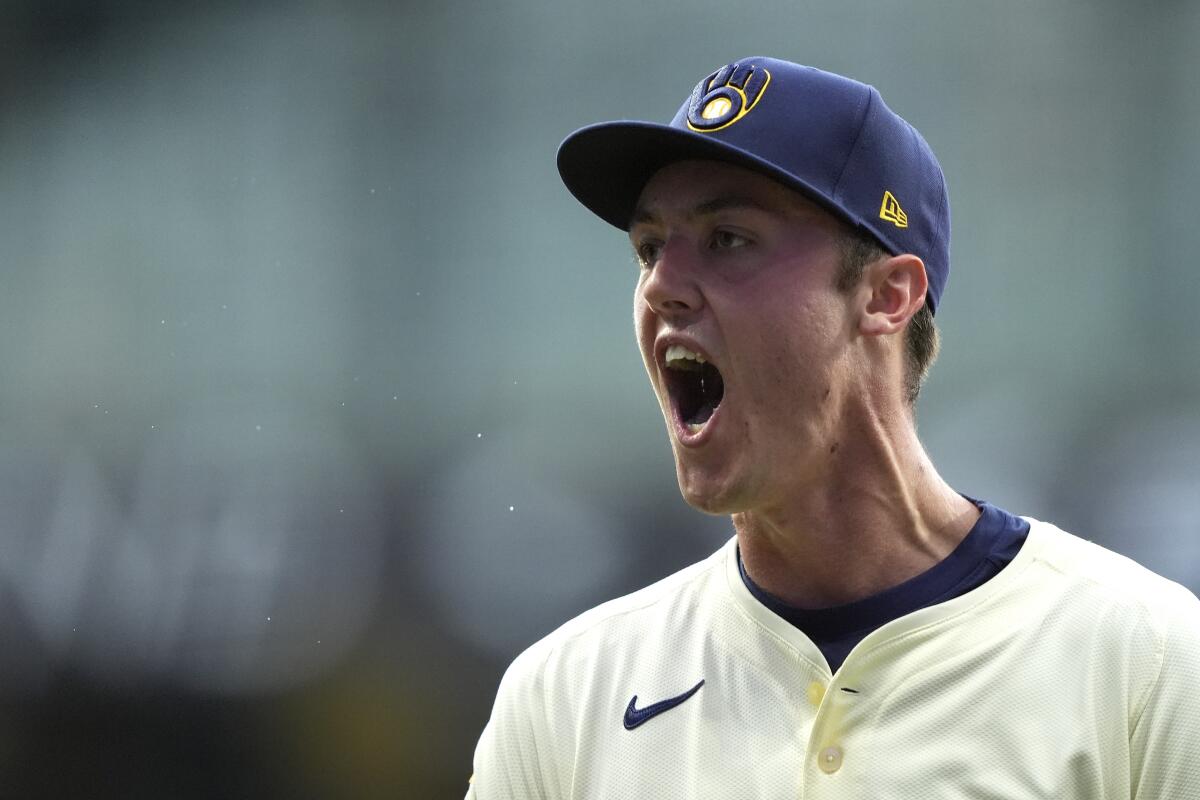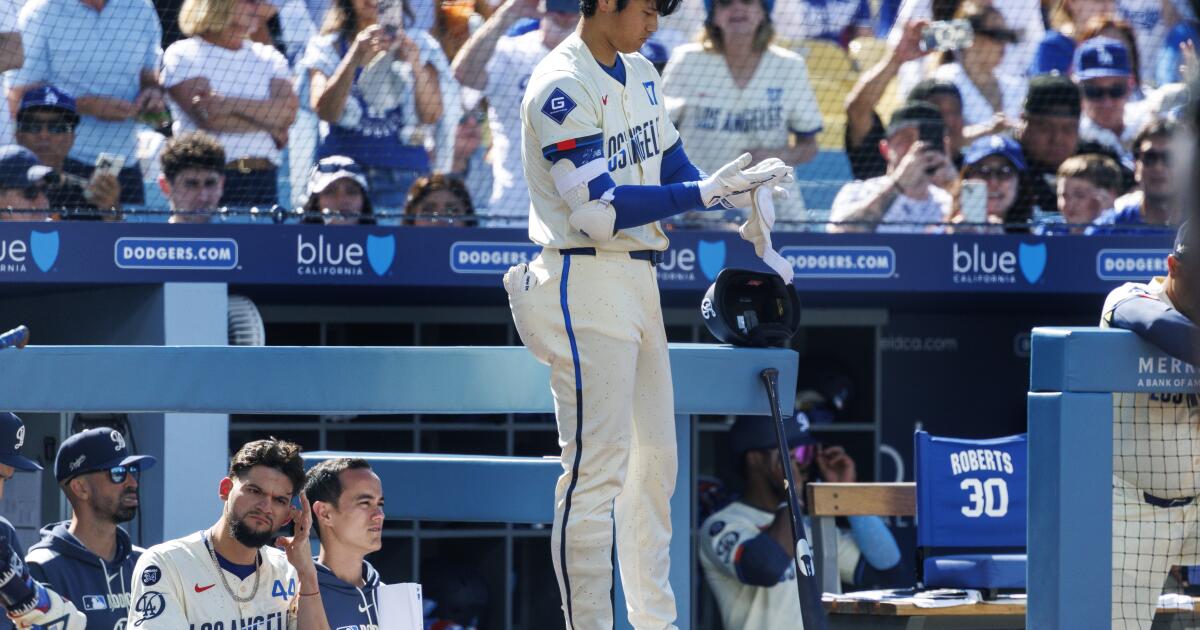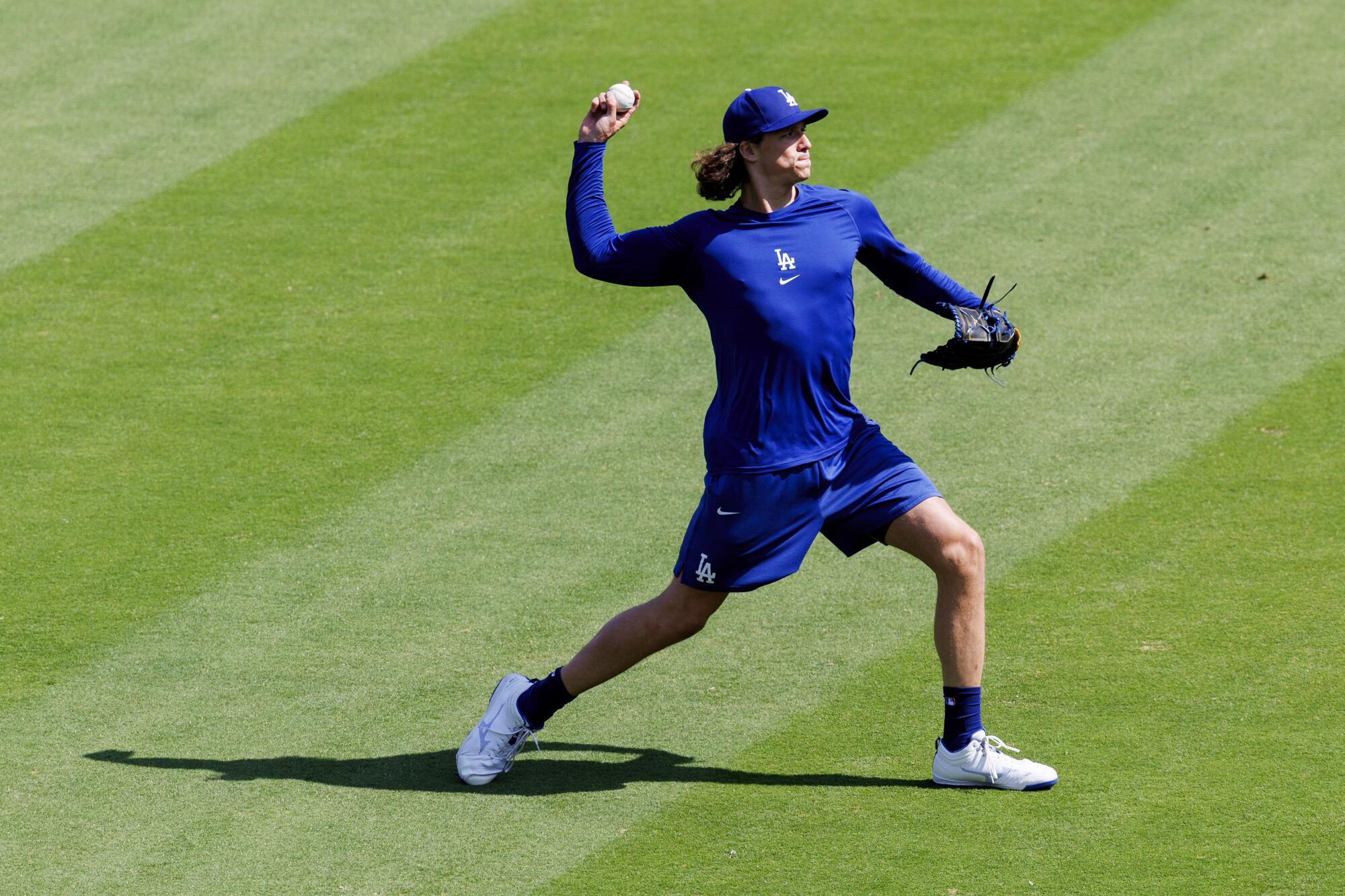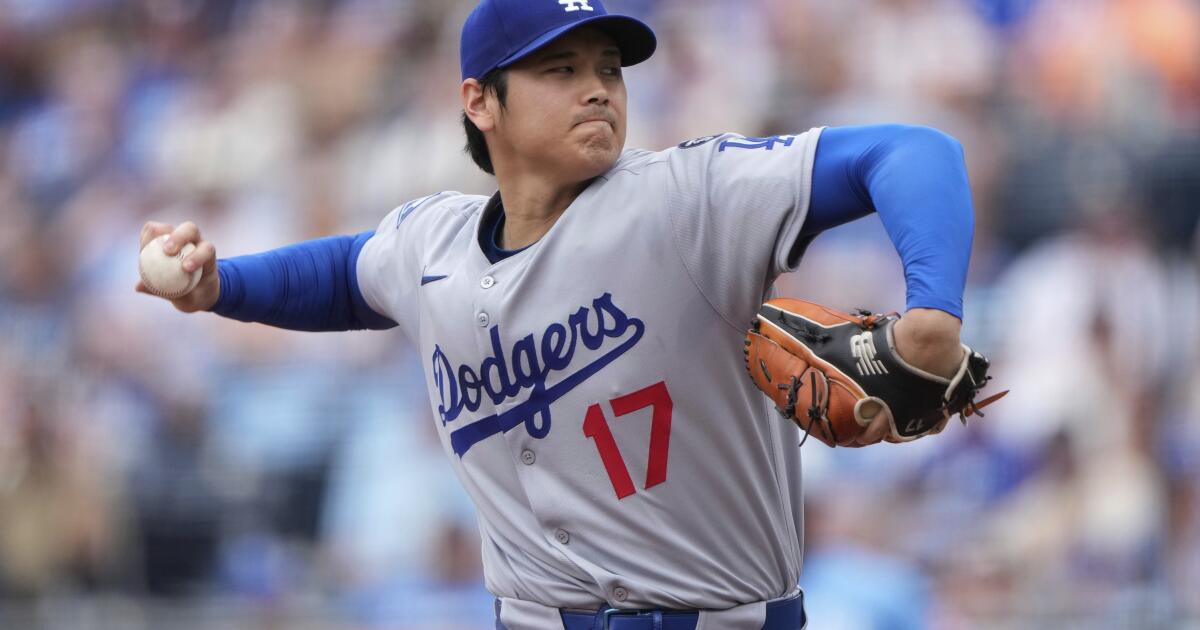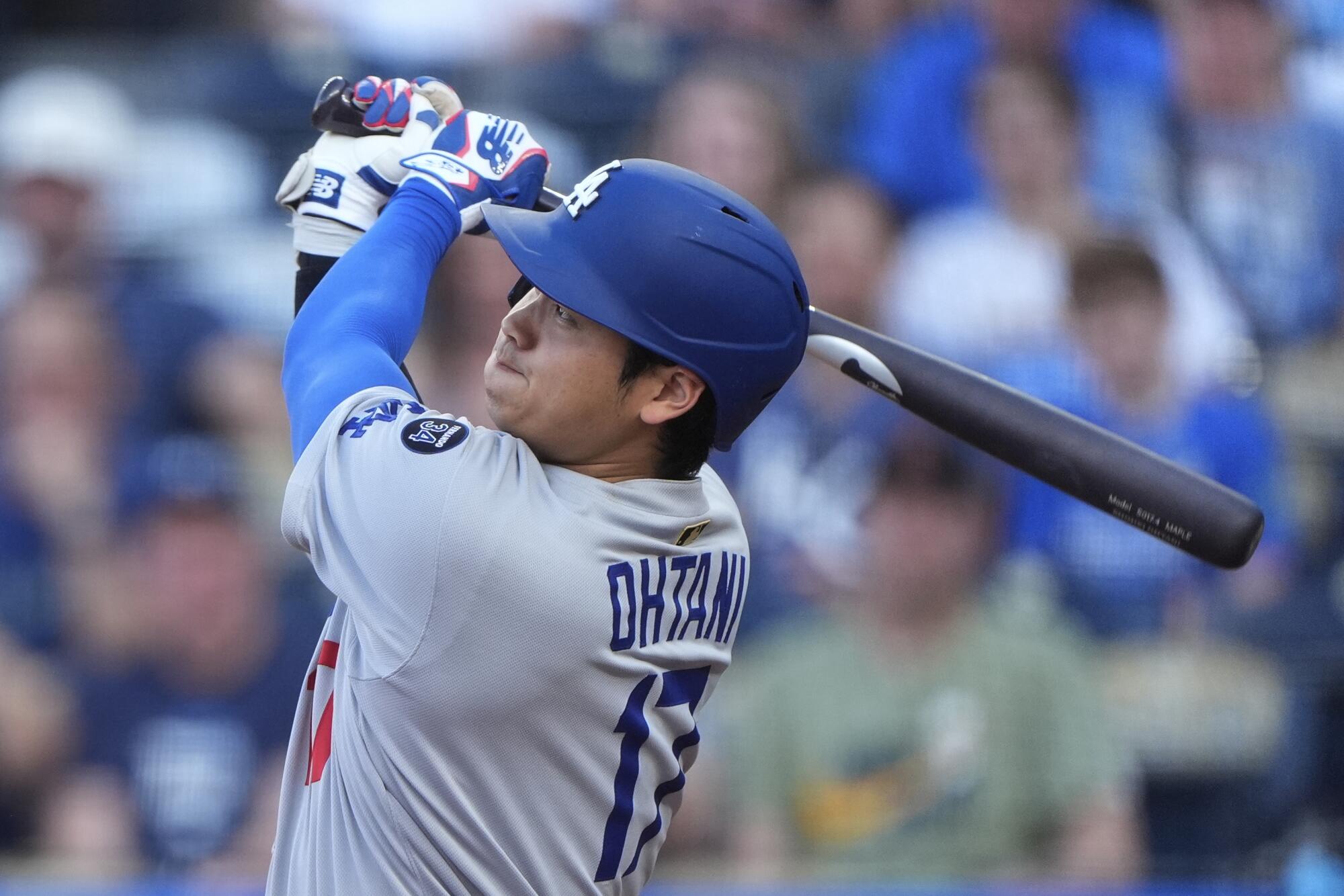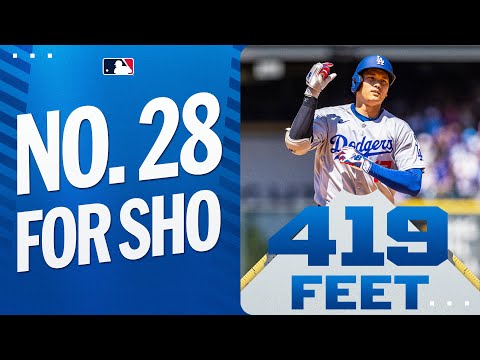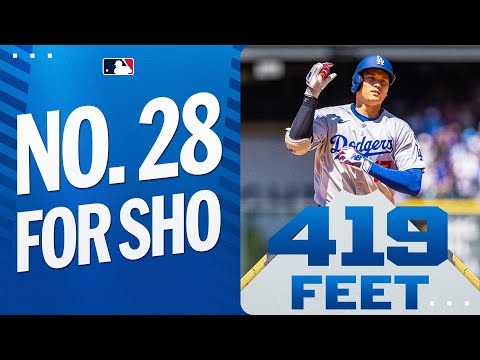Dodgers manufacture enough offense to slip past Tampa Bay Rays
TAMPA, Fla. — Scoring runs at Steinbrenner Field should not be as hard as the Dodgers made it look this weekend.
The spring training ballpark, which is doubling as the Tampa Bay Rays’ temporary home this season after Tropicana Field was shredded in an offseason hurricane, has small Yankee Stadium-inspired dimensions that played even shorter in this weekend’s sweltering Florida summer heat.
Yet, for 18 innings from late Friday night to midway through Sunday afternoon, the Dodgers put nothing but zeros on the scoreboard.
They couldn’t capitalize on the short porch in right field. They didn’t run into any cheap home runs amid conditions that should have helped the ball fly.
During a 3-0 win over the Rays on Sunday, the Dodgers manufactured offense in different kinds of ways.
In the top of the sixth, third base coach Dino Ebel decided to wave his arm on an aggressive send of Freddie Freeman, who went chugging around third base to score just ahead of a tag at home on Andy Pages’ RBI single to left.
In the seventh, they needed a swinging-bunt single from Shohei Ohtani, a one-out walk from Mookie Betts and a double-steal from both players to set up Freeman for another RBI single.
And in the ninth, they extended their lead with a sacrifice fly from Betts at the end of a 10-pitch battle for a key insurance run.
Dodgers pitcher Yoshinobu Yamamoto throws during the first inning of a win over the Rays in Tampa, Fla.
(Jason Behnken / Associated Press)
Such results will do little to quell the concerns about the Dodgers’ slumping lineup, which has seen a brutal performance in July (when they scored the third-fewest runs in the majors) continue into the early days of August.
But on a day Yoshinobu Yamamoto delivered 5 ⅔ scoreless innings and the Dodgers’ bullpen completed a second shutout of the Rays in this weekend’s series victory — despite a bases-loaded scare in the bottom of the ninth — it was nonetheless enough to ensure the team returned home from this nine-game road trip with a winning 5-4 record.
The Dodgers’ ongoing search for offense included another twist on Sunday morning. Two weeks after flipping Ohtani and Betts at the top of the batting order, manager Dave Roberts reversed course by returning Ohtani to the top spot and dropping Betts — who has remained mired in his season-long slump — into the two-hole.
Early on, the results weren’t promising.
Betts grounded into a double-play in the first inning, immediately after Ohtani had led off with a walk.
In the fifth, the Rays intentionally walked Ohtani to put two aboard in front of Betts. But he flied out to center to end the inning, extending his recent hitless streak to 16 at-bats.
“It’s kind of just trying to figure out what’s best short term,” Roberts said of the lineup adjustment, while remaining undecided on how the batting order will look in the coming days. “With [Teoscar Hernández, who got an off day] not being in there, this was the best lineup for today.”
Roberts hinted that more tinkering could happen once Max Muncy returns from the injured list, which could happen as soon as Monday — especially after infielder Tommy Edman left Sunday’s game early with a sprained right ankle, aggravating his lingering ankle injury while rounding first base on a single in the fifth.
Roberts also left open the possibility of Betts, who saw his season batting average dip to .233 despite his seventh-inning walk and ninth-inning sacrifice fly, dropping further down the batting order at some point, as he continues to search for answers to his faltering swing.
“I’ve thought about it,” Roberts said. “I think it’s a totally fair question. I’m just trying to figure out what would be best for him, for the team. But yeah, I’ve thought about it.”
For now, however, the Dodgers are clinging to what positives they can.
Ohtani entered Sunday in a recent skid that included 20 strikeouts in his last 10 games, but managed to reach base four total times to go along with two steals. Freeman stayed hot with his second three-hit performance of the trip, raising his batting average (which had slipped to .292 just a week ago) up to .306. And by the end of the day, even Betts had pitched in, following up his seventh-inning walk by staying alive against reliever Griffin Jax for his sacrifice fly in the ninth.
